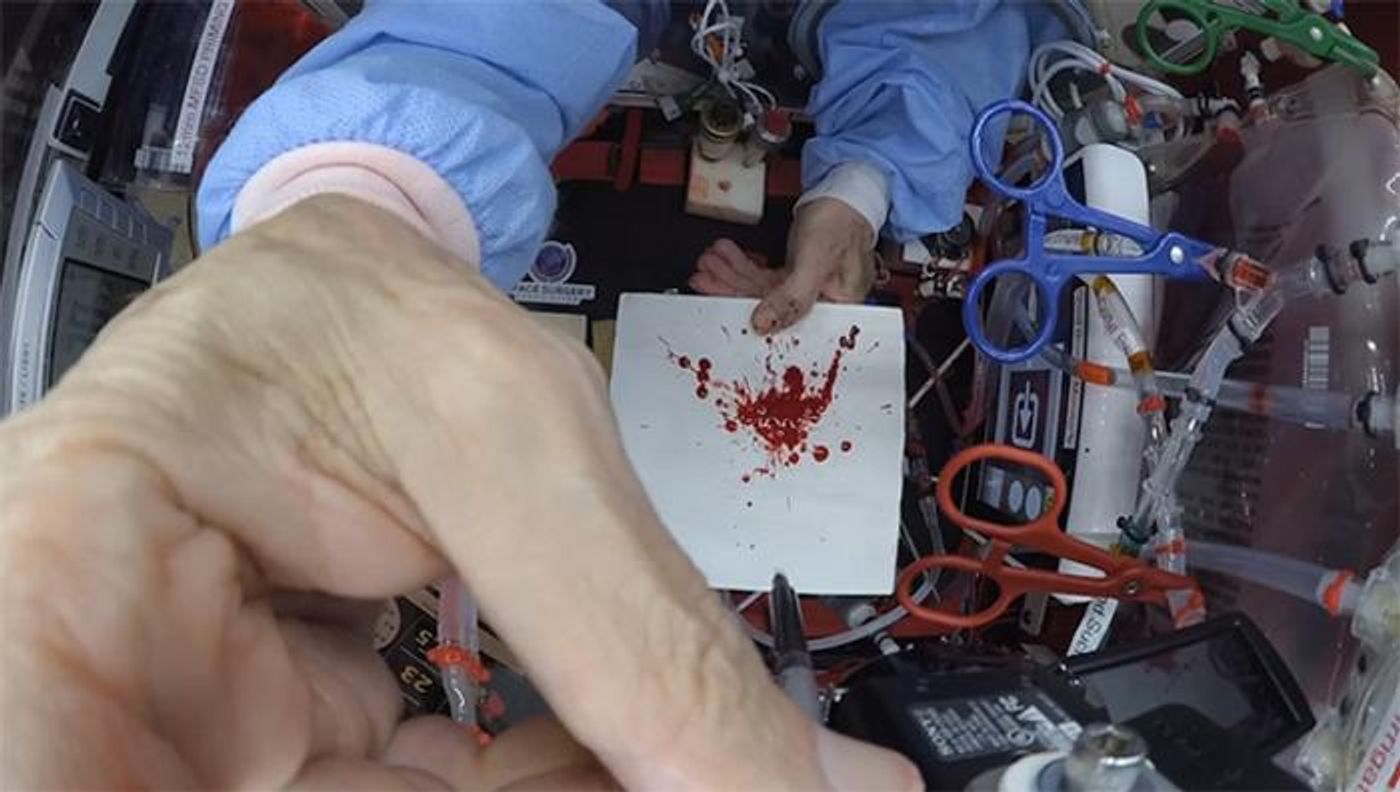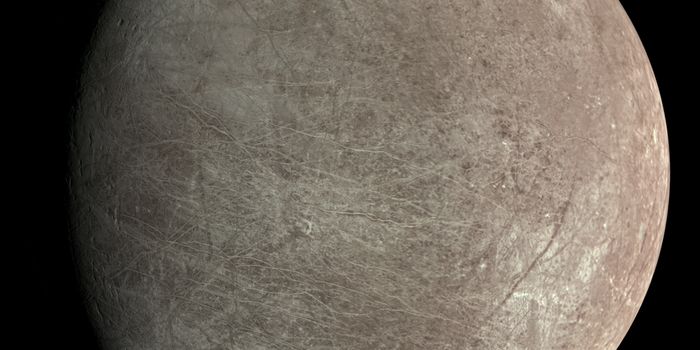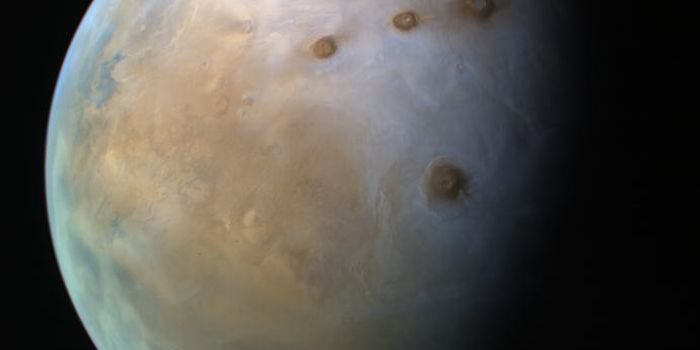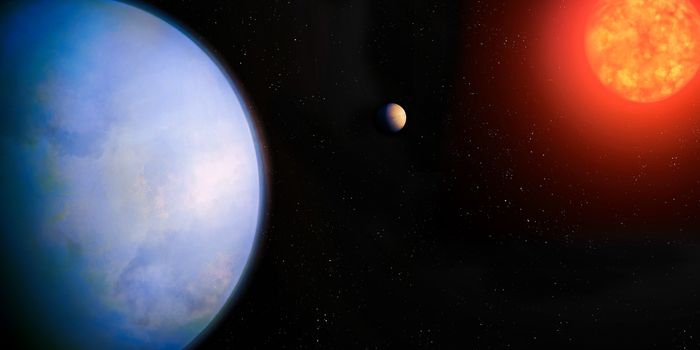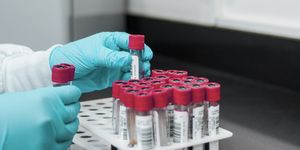Blood in Space: Exploring Forensic Science Beyond Earth
With the continued advancement of human space exploration, how can forensic science—which contributes to the criminal justice system by analyzing evidence through a myriad of methods—be applied to outer space? This is what a soon-to-be-published study in Forensic Science International Reports hopes to address as a team of international researchers led by Staffordshire University investigated how bloodstain patterns behave under microgravity conditions. This study holds the potential to help scientists and astronauts better understand how Earth-based science can be applied to space, specifically long-term spaceflight.
“Studying bloodstain patterns can provide valuable reconstructive information about a crime or accident,” said Zack Kowalske, who is a PhD student at Staffordshire University and a Crime Scene Investigator for the Roswell Police Department in the State of Georgia, and lead author of the study. “However, little is known about how liquid blood behaves in an altered gravity environment. This is an area of study that, while novel, has implications for forensic investigations in space.”
For the study, the researchers conducted blood spatters experiments on parabolic flights onboard a modified Boeing 747 with an emphasis on observing various angles of impact of the blood droplets and comparing their splatter patterns to those obtained under normal gravity conditions. The reason parabolic flights were used was due to their ability to simulate microgravity conditions, as they are designed to rapidly drop in altitude, thus providing passengers with a few moments of weightlessness.
Image of a blood spatter pattern made during the in-flight experiments. (Credit: Zack Kowalske)
Prior to the in-flight experiments, the team made estimations on the angle of the splatter patterns that were later compared to the actual patterns made during the flights. In the end, the team found that blood droplets that were splattered with a 90-degree angle of impact displayed no differences from the predicted measurements. In contrast, blood droplets that were splattered at less than 90 degrees displayed large variances in their splatter patterns. The team notes that surface tension and inertia were the main forces behind the blood’s behavior in microgravity.
Kowalske noted, “Forensic science is more than just trying to solve crimes; it additionally has a role in accident reconstruction or failure analysis. With this concept, consider how various forensic disciplines could be utilized in a critical accident onboard a space station or shuttle.”
The team refers to this new discipline as astroforensics and could prove valuable as human space exploration continues to expand in the coming years and decades. It could be specifically valuable with the upcoming Artemis missions to the Moon and the future Axiom Space Station due to begin orbital construction in the next few years.
As always, keep doing science & keep looking up!
Sources: Forensic Science International Reports, EurekAlert!, Staffordshire University
